Lena Granovsky
GNisi: A graph network for reconstructing Ising models from multivariate binarized data
Sep 09, 2021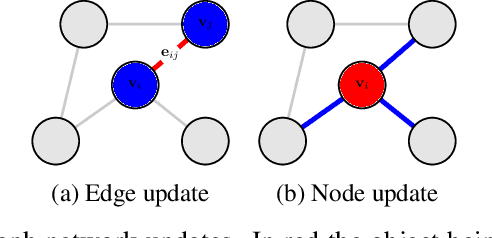
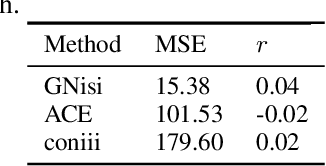
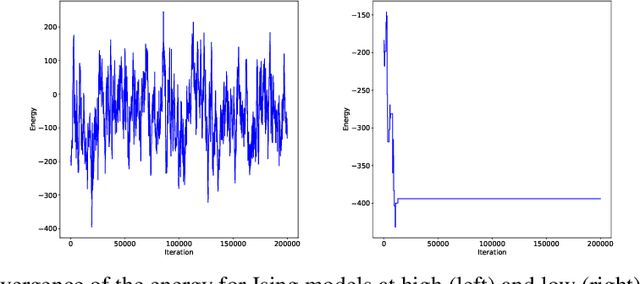
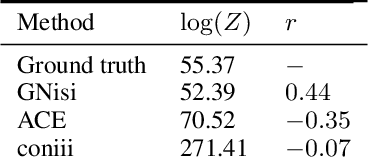
Abstract:Ising models are a simple generative approach to describing interacting binary variables. They have proven useful in a number of biological settings because they enable one to represent observed many-body correlations as the separable consequence of many direct, pairwise statistical interactions. The inference of Ising models from data can be computationally very challenging and often one must be satisfied with numerical approximations or limited precision. In this paper we present a novel method for the determination of Ising parameters from data, called GNisi, which uses a Graph Neural network trained on known Ising models in order to construct the parameters for unseen data. We show that GNisi is more accurate than the existing state of the art software, and we illustrate our method by applying GNisi to gene expression data.
Actigraphy-based Sleep/Wake Pattern Detection using Convolutional Neural Networks
Feb 22, 2018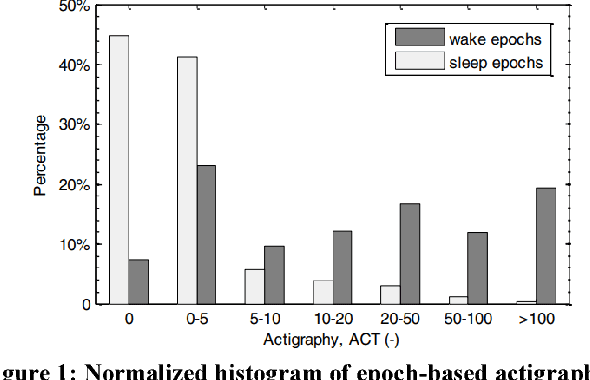

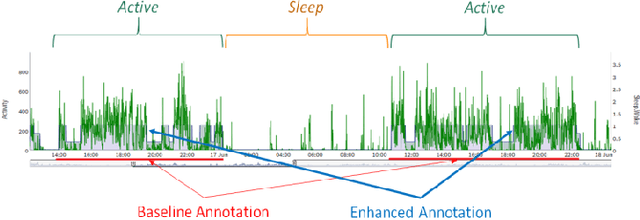

Abstract:Common medical conditions are often associated with sleep abnormalities. Patients with medical disorders often suffer from poor sleep quality compared to healthy individuals, which in turn may worsen the symptoms of the disorder. Accurate detection of sleep/wake patterns is important in developing personalized digital markers, which can be used for objective measurements and efficient disease management. Big Data technologies and advanced analytics methods hold the promise to revolutionize clinical research processes, enabling the effective blending of digital data into clinical trials. Actigraphy, a non-invasive activity monitoring method is heavily used to detect and evaluate activities and movement disorders, and assess sleep/wake behavior. In order to study the connection between sleep/wake patterns and a cluster headache disorder, activity data was collected using a wearable device in the course of a clinical trial. This study presents two novel modeling schemes that utilize Deep Convolutional Neural Networks (CNN) to identify sleep/wake states. The proposed methods are a sequential CNN, reminiscent of the bi-directional CNN for slot filling, and a Multi-Task Learning (MTL) based model. Furthermore, we expand standard "Sleep" and "Wake" activity states space by adding the "Falling asleep" and "Siesta" states. We show that the proposed methods provide promising results in accurate detection of the expanded sleep/wake states. Finally, we explore the relations between the detected sleep/wake patterns and onset of cluster headache attacks, and present preliminary observations.
 Add to Chrome
Add to Chrome Add to Firefox
Add to Firefox Add to Edge
Add to Edge